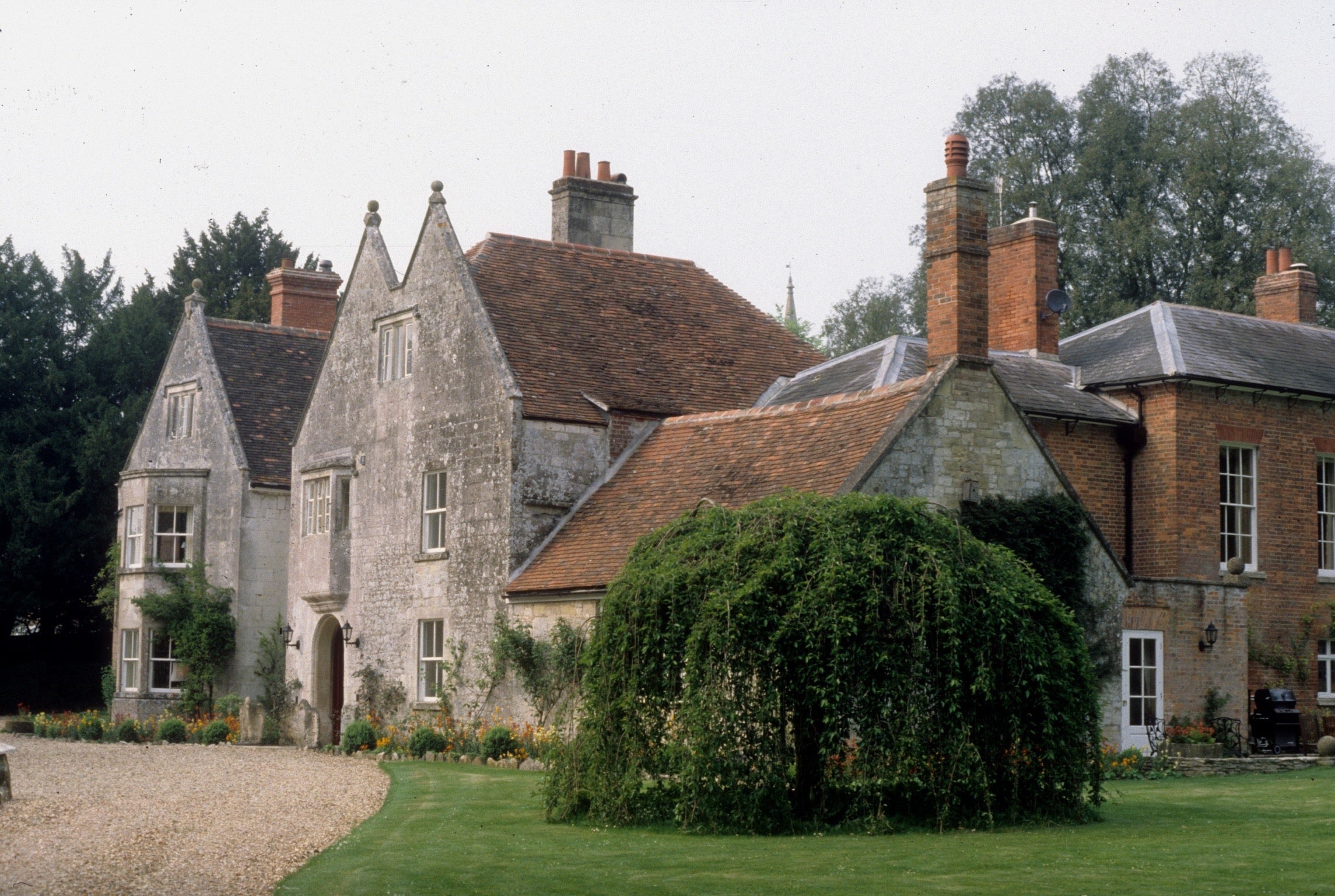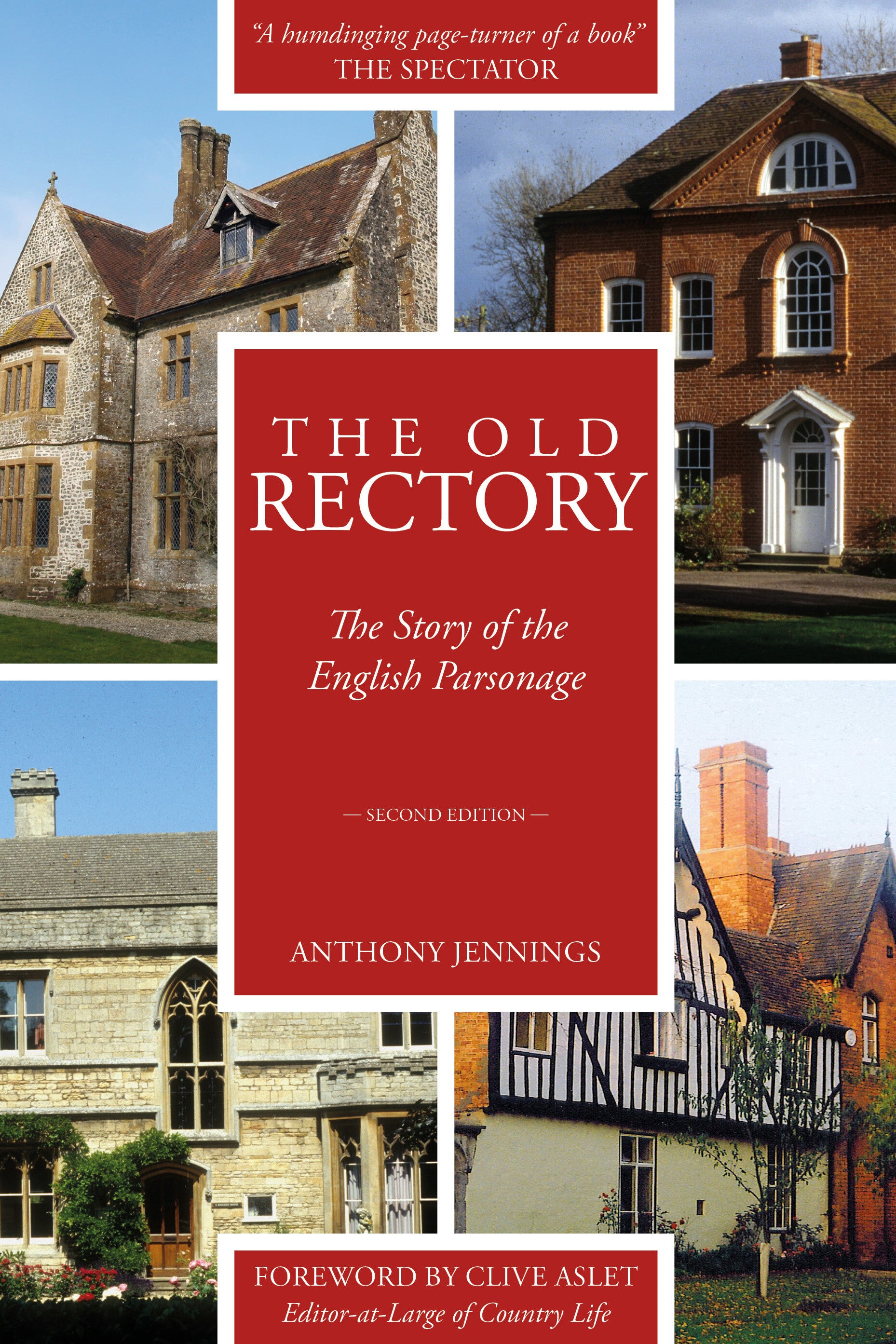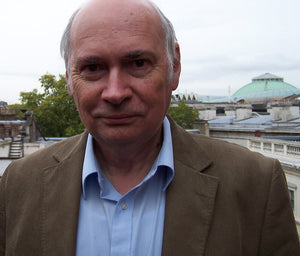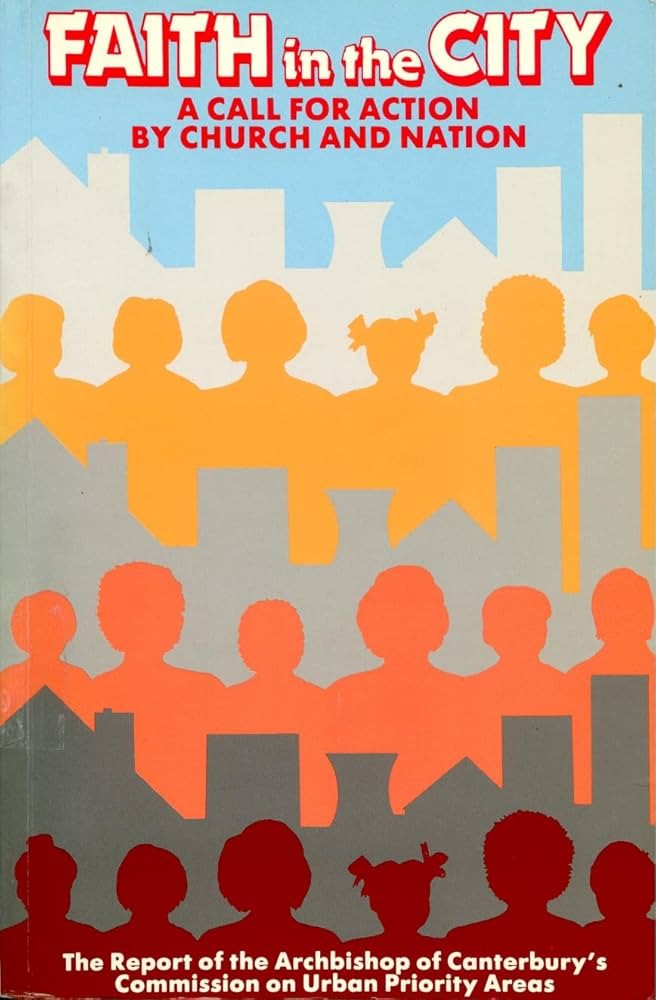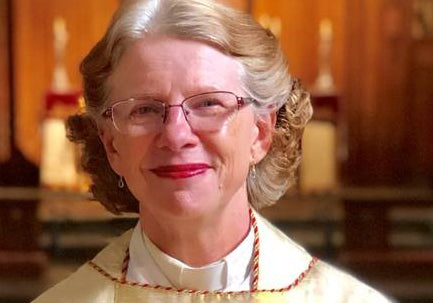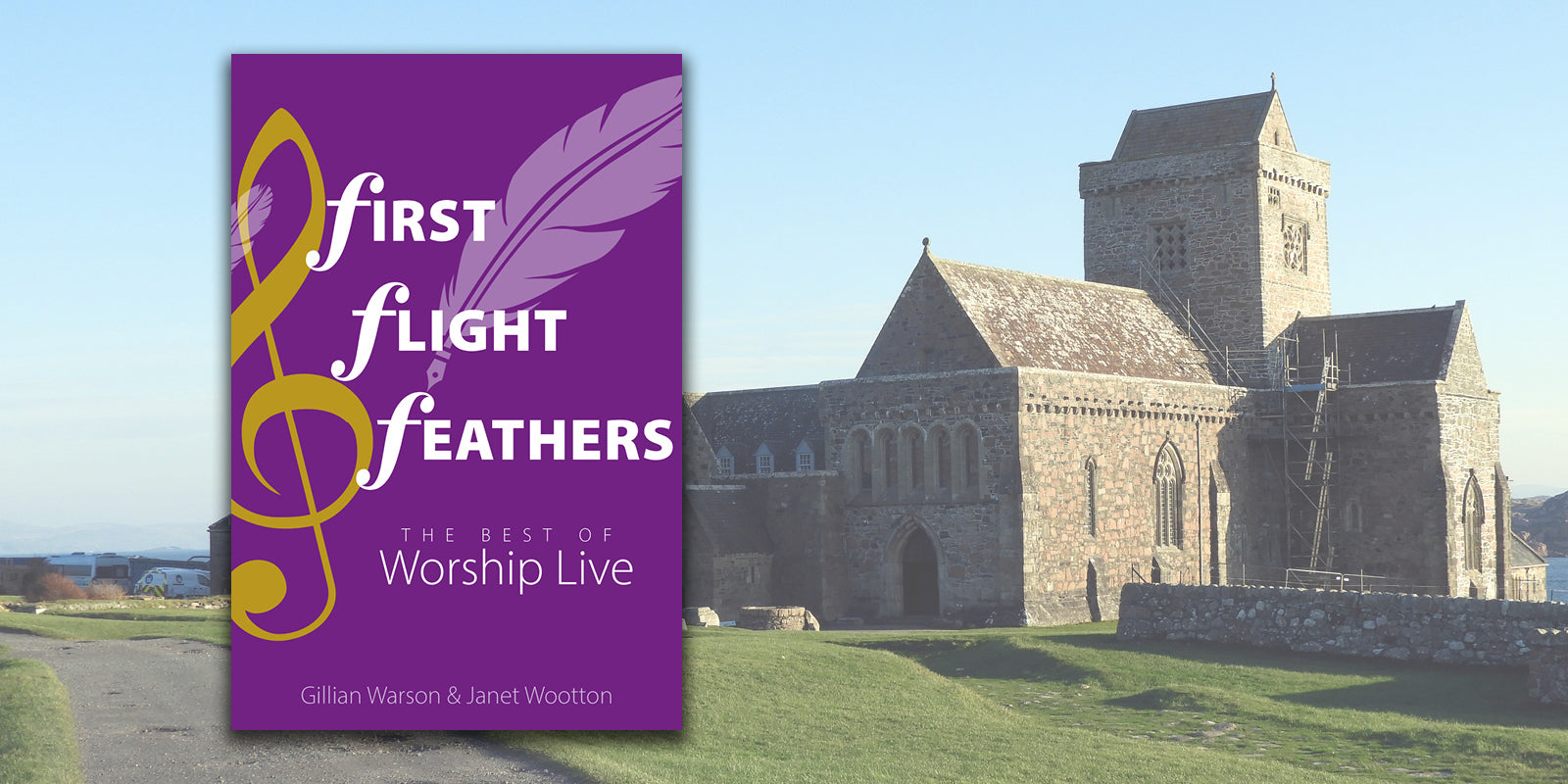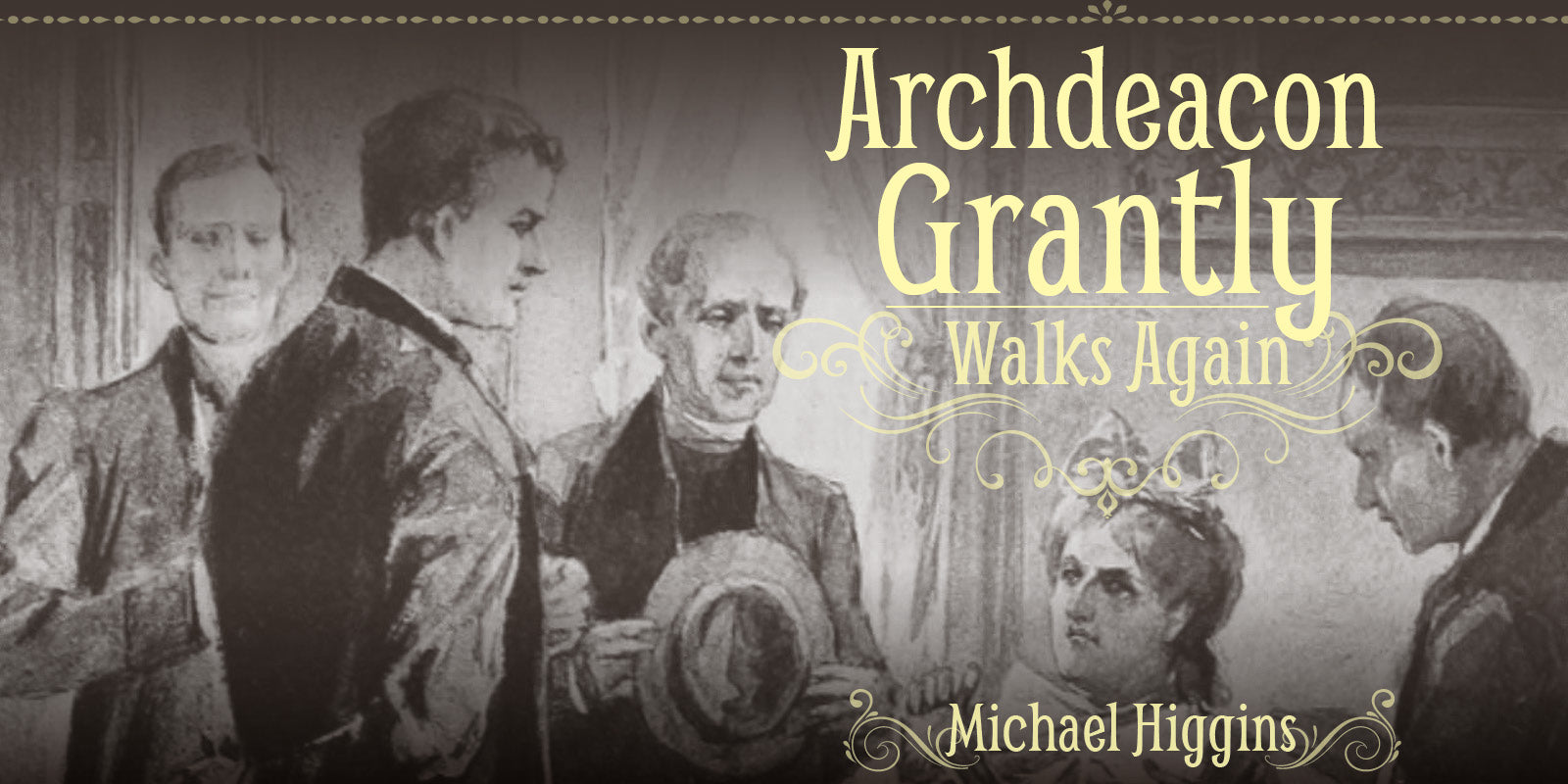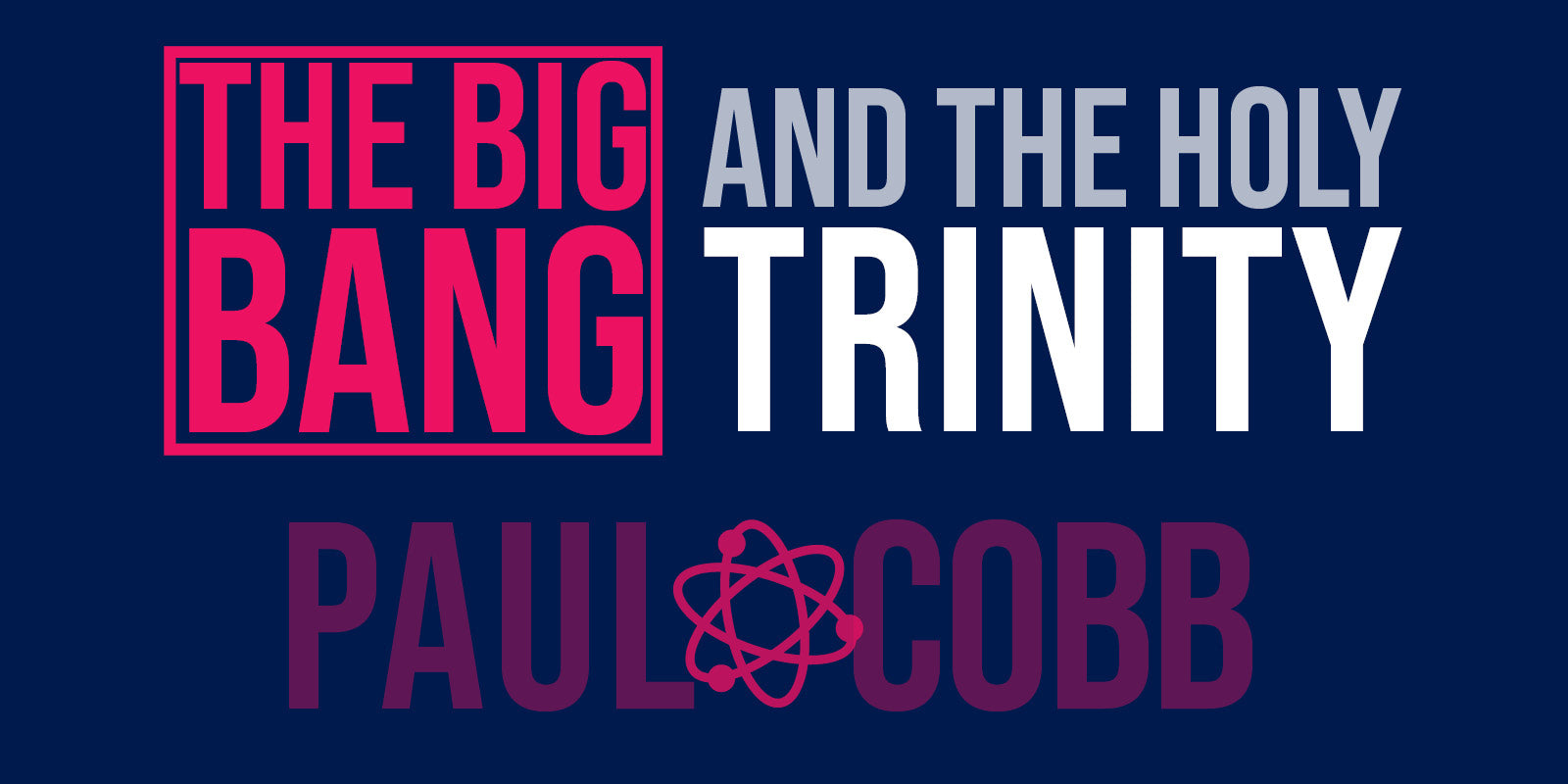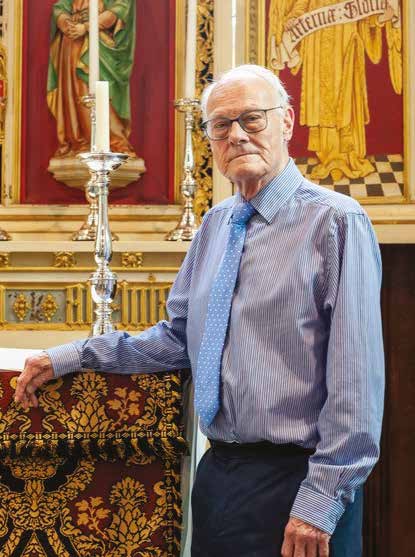
Back in about 2003 my wife waved a copy of the Historic Houses Association magazine in my face as I was trying to read the paper, urgently tapping her finger on a classified advert. They were looking for someone to take over as Director of Save Our Parsonages, a campaign group that had been set up ten years earlier to try to stop the Church of England selling off its fine traditional rectories and vicarages. “Why on earth should I want to get involved in the machinations of the Church of England?” I protested. “You like old houses, don’t you?” came my wife’s reply. “You like nosing round them, too. You’ll be able to do that, won’t you?”
Well, I did become Director of Save Our Parsonages and that has been a fascinating story in itself, and it has taught me a lot about the impossible workings of the Church of England. I could certainly write a whole book about that, and I may very well even do so, but that is a subject all to itself. This book is just about rectories and vicarages. My wife was right: I have indeed been able to look round a lot of them. Several hundred in fact. Every year Save Our Parsonages has still managed to find a nice traditional parsonage in which to hold its AGM, by kind invitation of the vicar, but that has just stimulated my wider interest. The book is not just about working parsonages. Sadly there are too few good ones left in the ownership of the Church now. The book is about all houses that have, at one time or another, been working parsonages or in some other way associated with the Church. And it’s made me realise something I hadn’t realised before: English rectories and vicarages are the most archetypal and influential of all houses in the history of English domestic architecture.
The story of the evolution of the parsonage from medieval times to the modern day is a big subject in itself. But the book is not just about the architecture of the parsonage, fascinating though that is, or just about the architects of the parsonage, though it also deals with them and the interesting story of how and why they got involved with parsonage architecture in the first place. It’s also about the clergy who once lived in these houses, particularly the eccentric ones, because for some reason eccentric clergy have always fascinated even those of us who have no interest whatever in religion. It’s also about all those other people, those writers, artists, historians, poets, scientists, soldiers, musicians, actors and others who have been associated with rectories and vicarages. The list is endless. Matthew Arnold, Jane Austen, the Brontë family, Coleridge, Darwin, Dryden, T. S. Eliot, Hobbes, M. R. James, Montgomery, Nelson, Baden Powell, Cecil Rhodes, Bernard Shaw, Tennyson, Trollope, Vaughan Williams, Wren, Laurence Olivier to name only some. And we mustn’t forget the spirit world either. A lot of ghosts have haunted these people in their parsonages. We mustn’t forget about the parsonage garden either, and the affection in which it has been held, not just by churchgoers or engaged couples being subjected to homilies over a glass of sherry, but by the rest of the community in the orderly chaos of that very English institution, the garden fete.
Back to the parsonage itself. Before writing this book I had no idea how influential the design of the English parsonage had been. The English Arts & Crafts house of the late Victorian period was admired throughout the world including Germany and America, and that’s because it represented an extraordinary continuity from the medieval to the modern house. It was derived from the Gothic Revival and it was the precursor to Modernism. The architects of those influential Arts & Crafts houses were also parsonage architects and were very much inspired by the parsonage. As John Betjeman reminded us, with the spread of suburbia the more affluent middle classes were looking for a type of house that reflected their status, and their architects found their precedent in the rectory and the vicarage.
We’re constantly told by estate agents that old rectories and vicarages are the most popular houses of all with affluent house buyers, the sort of people who only watch Midsomer Murders to have a peep at the houses in those leafy villages. The popularity of rectories and vicarages seems to me to be due to our subliminal understanding of that extraordinary heritage that they and their setting near the church represent. So ideal are old rectories considered, and so sought after, that as soon as one comes on the market it is snapped up. Yet when the first edition of my book came out in 2009 there had only ever been two books entirely devoted to the subject of the parsonage throughout the ages, The English Parsonage and The Parsonage in England. Coincidentally these were both published in the same year, back in 1964 (just as well their stolid titles were slightly different), and even those books have long been out of print. My book The Old Rectory is now published by Sacristy Press. This second edition is entirely revised and includes a lot of new material.
Anthony Jennings is on the Council of the English Clergy Association, is Director of Save Our Parsonages, and is on the Bloomsbury Conservation Area Advisory Committee. His book The Old Rectory: The Story of the English Parsonage is our June #BookOfTheMonth—get your copy of this “humdinging page-turner of a book” today.
